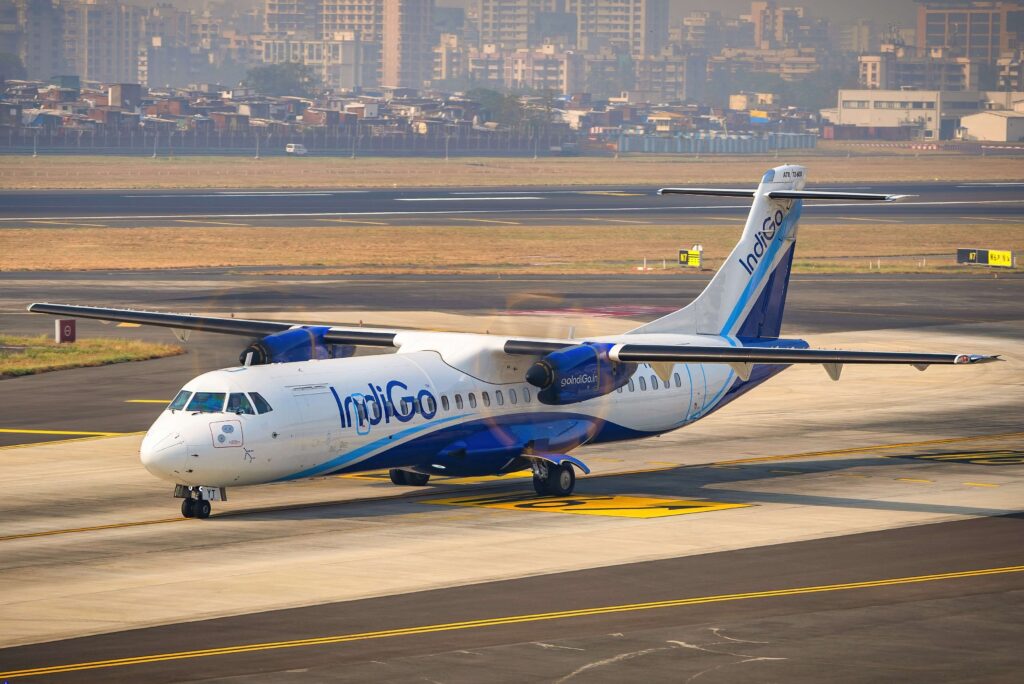According to reports published in the Indian media, Tata-owned Air India is currently in the process of evaluating a significant expansion of its regional domestic operations. The analysis is being carried out to enhance regional connectivity and meet soaring demand for air travel from tier 2 and 3 cities in the country.
Air India is hoping to reshape the Indian regional aviation landscape by improving connectivity between the country’s metropolitan centers with smaller regions. With significant infrastructure development already underway in many rural regions across India, demand for enhanced air connections is rising at an unprecedented pace, according to reports.
Any potential future expansion will put Air India in direct competition with India’s largest carrier IndiGo Airlines which has been steadily growing its turboprop fleet to strengthen its regional presence. Currently, IndiGo has a fleet of 45 ATR72-600 turboprops each seating 78 passengers, with a further five on order.
Additionally, in May 2024, IndiGo announced it was in talks with major manufacturers about an order for around 100 regional aircraft, and Air India is conscious of potentially losing ground on its rival should that order go ahead.
Sources familiar with the matter have said that Air India has been holding internal discussions about this strategic move. “The opportunity in the regional space is staring us in the face, and the intent is to provide a complete travel solution to Indian travelers,” said a company official who spoke to the publication Mint on the basis of their identity remaining anonymous.

Industry estimates suggest that collectively, Indian airlines operated around 200,000 regional flights in 2023, with IndiGo and Spice Jet dominating the market with extensive jet and turboprop networks. India’s regional aviation sector has seen significant growth, buoyed by the government’s UDAN regional connectivity scheme alongside a policy to invest in regional airport infrastructure in the country’s smaller towns.
As Air India decides what its next steps might be in the regional aviation sector, its former regional subsidiary, Alliance Air, which was not included in the Air India divestment to the Tata Group, continues to operate as a state-run airline operating a fleet of 21 turboprop aircraft in its own right. This move also left Air India without much of its regional feeder traffic and network.
As part of its potential growth strategy, Air India is rumored to be planning this process around the acquisition of a large number of ATR72 aircraft. That said, it remains unclear whether the additional operations will fall within the full-service Air India brand or that of its low-cost offshoot, Air India Express. The Tata Group, which acquired Air India in January 2022 from the Indian Government, is in the process of merging its four airlines (Vistara, Air India, Air India Express, and Air Asia India) into just two entities by the end of 2024.

Any move taken by Air India into the regional aviation scene would come as the travel penetration rates in the regions remain relatively low at 3% to 7%, presenting significant growth potential. This potential is greatest in smaller towns and cities across the country where income levels are rising quickly and the propensity for air travel is building beyond current air services capacity.
According to data from ch-aviation, India’s regional aircraft fleet has grown by 12.5% since the end of 2023, and now totals 108 aircraft, including 24 DHC-8 Q400s operated by SpiceJet. According to analysts, this rate of expansion alone underscores the increasing importance of regional connectivity in India’s aviation sector – a market in which Air India knows it must either keep up with or lose its foothold to competitor airlines.

